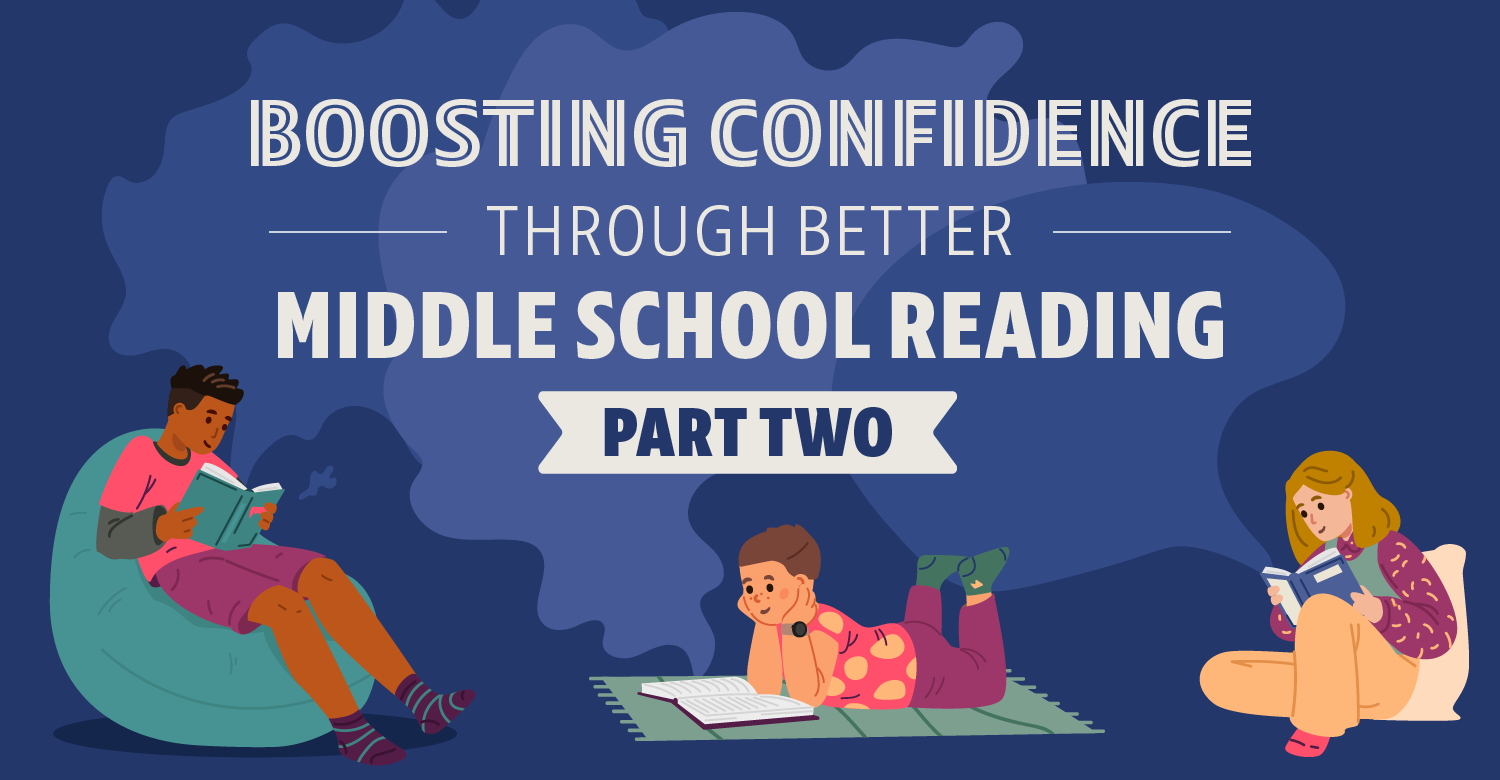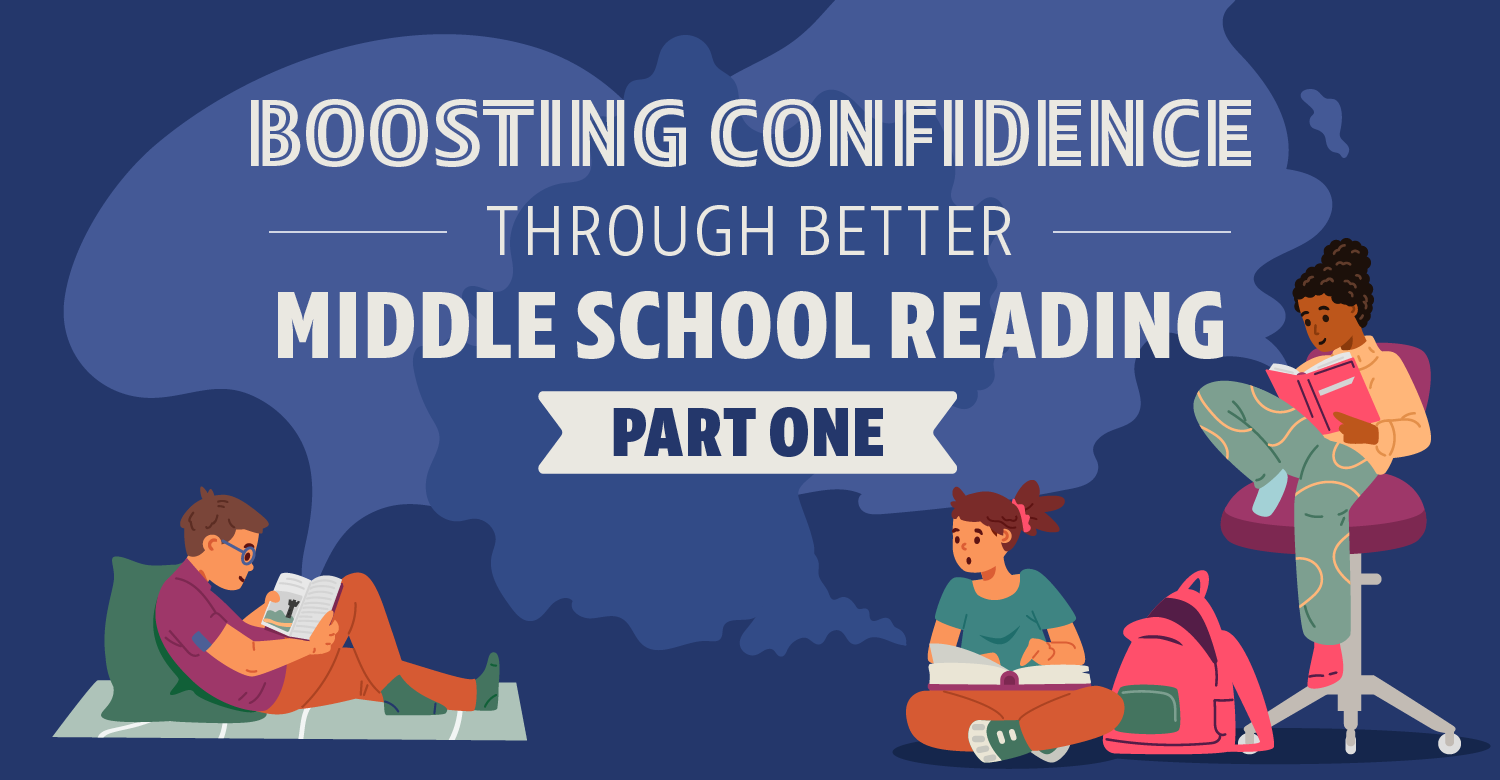My cowriter, Brian, convinced me to tell this story. As a young teacher working in gifted education, I was learning amazing ideas about how to challenge students in ways that engage the brain and motivate the mind. The strategies were tapping into the natural curiosity of kids who to wanted to investigate and validate their thinking. My excitement at my students’ responses led me to write “The 4th R, Reasoning” for Challenge magazine.
When a colleague read the piece, she suggested I offer to write a monthly column with the same title. She reasoned that the editor had to fill his magazine every month and would welcome the idea of a featured column. She was absolutely right, and I have been writing for educational publications ever since.
Teachers value learning from colleagues because they know they write about ideas and strategies from practical perspectives and with an eye on what is the relevant. If the time is right to write, this is your chance to break into the publishing world as a knowing educator. This is your chance to contribute to our collective knowledge about the craft of teaching and learning. Use these simple steps to write for publication, and see where they take you.
Writing for Publication
Getting Started: Words in the Air Don’t Matter
- Select your favorite journal
- Replicate the journal’s preferred format
- Give an elevator pitch to a peer; talk it out
- Map the branches and twigs of the idea
- Get words on paper no matter what
- One-minute write; the gist
- Use a working title; it will change
Moving Along: Writing Days, Writing Ways
- Awful outline; Harvard outline; a list
- Develop a drafty draft; read and revise
- Follow writer’s tips to master the manuscript
- First sentence; hook the reader; don’t bury the lead
- First paragraph; string them along; get them curious
- Show, don’t tell; examples, quotes, metaphors, stories
- Write long; find your voice; easier to cut than to add
- Stop in middle of a sentence or paragraph; easy to start again
- Don’t wait for “writing day”; it’s not there; use the 20 minutes
- Find the spot and the time to write; make that time sacred
Completing the Manuscript: Words on Paper, From Draft to Submission
- Complete first draft, one page at a time
- Have someone you trust and respect read it
- Peer edit; ask for one strength, one suggestion
- Incorporate changes, edits, revisions
- Proof it; keep it crisp, clear, and clean
- Follow submission guidelines—all of them
- Yes, word count matters—a lot
- Include a cover letter with contact information
- Create an abstract for that quick glance
- Submit on time; don’t sabotage your manuscript
As a writer, I have been involved in four books with Solution Tree. For the third one, I brought in a colleague, a Chicago principal, as a coauthor because of an article she had written about gender-specific classrooms that eventually became the basis for a feature article in the Kappan. She had a story to tell that would inform others, and she wrote it.
I am a writer. I love to write. But, first, I am a teacher. I care about kids and the teachers who teach them. I want to encourage others who have educational success stories to share that expertise with others. It’s a professional learning experience to tell your story and to give back to your profession in a lasting way. It is a learning journey for professionals not easily forgotten because you have the proof in print. Why not join the ranks of educational practitioners writing for publication? Why not put your words on paper?
“Words on paper,” he told himself. “Words in the air don’t matter. If I don’t have words on paper I’m not a writer. I’m a talker!” (Bach, 2002, pp. 16–17).
Reference
Bach, R. (2002). Writer ferrets: Chasing the muse (ferret chronicles). New York: Scribner.
[author_bio id=”53″]
[author_bio id=”341″]






